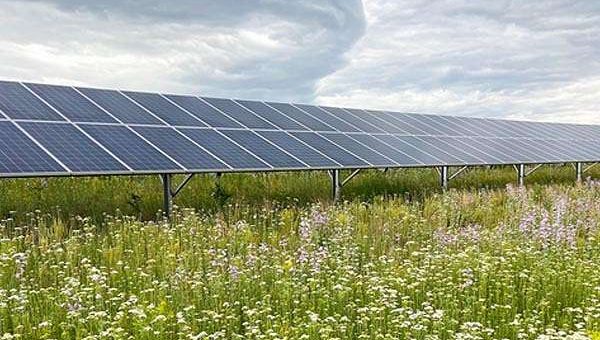Research from Michigan State University (MSU) indicates that combining agriculture with solar power generation, particularly in California, can enhance both economic outcomes and environmental sustainability. The study, led by Stid and supported by MSU assistant professor Anthony Kendall, assessed 25 years of land-use trends through aerial imagery and remote sensing data. It revealed that farmers who integrated solar arrays on a portion of their land achieved greater income per acre compared to those who farmed solely. This agrivoltaic approach not only promotes financial resilience, allowing farmers to mitigate weather-related risks but also encourages efficient resource use, including reduced water and fertilizer inputs.
The findings underscore the potential for coexistence between solar power and agricultural production, challenging the notion that these sectors are at odds. As solar installations cover land that could have grown food—estimated to have fed about 86,000 people—strategies that target less productive agricultural zones for solar uptake can continue to support food production while boosting profitability. Looking ahead, Stid plans to broaden the research to national levels, reinforcing the discourse on sustainable land management that balances energy, food security, and ecological health. The broader implications of this research point to a future where diversified agricultural landscapes yield multiple benefits, promoting resilience and addressing climate change challenges.

